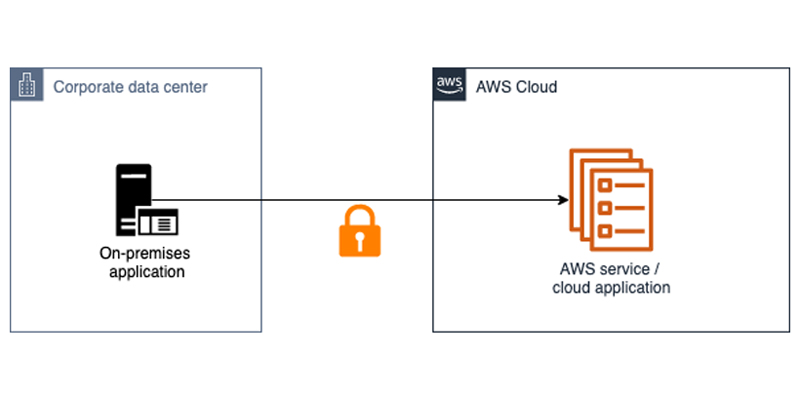AWS Security Blog
Category: AWS Identity and Access Management (IAM)
How to monitor and query IAM resources at scale – Part 1
March 7, 2023: We’ve fixed a typo in the blog post. In this two-part blog post, we’ll provide recommendations for using AWS Identity and Access Management (IAM) APIs, and we’ll share useful details on how IAM works so that you can use it more effectively. For example, you might be creating new IAM resources such as roles […]
How to use AWS Private Certificate Authority short-lived certificate mode
AWS Private Certificate Authority (AWS Private CA) is a highly available, fully managed private certificate authority (CA) service that you can use to create CA hierarchies and issue private X.509 certificates. You can use these private certificates to establish endpoints for TLS encryption, cryptographically sign code, authenticate users, and more. Based on customer feedback for […]
Approaches for authenticating external applications in a machine-to-machine scenario
December 8, 2022: This post has been updated to reflect changes for M2M options with the new service of IAMRA. This blog post was first published November 19, 2013. August 10, 2022: This blog post has been updated to reflect the new name of AWS Single Sign-On (SSO) – AWS IAM Identity Center. Read more […]
How to use trust policies with IAM roles
June 20 2023: The wording in this post has been updated to avoid confusion around the use of wildcards in the principal element of an AWS Identity and Access Management (IAM) trust policy statement. November 3, 2022: We updated this post to fix some syntax errors in the policy statements and to add additional use […]
IAM Access Analyzer makes it simpler to author and validate role trust policies
AWS Identity and Access Management (IAM) Access Analyzer provides many tools to help you set, verify, and refine permissions. One part of IAM Access Analyzer—policy validation—helps you author secure and functional policies that grant the intended permissions. Now, I’m excited to announce that AWS has updated the IAM console experience for role trust policies to […]
Announcing an update to IAM role trust policy behavior
April 16, 2024: Updated with information on AWS CloudTrail logging for roles that are still using the implicit trust behavior, and additional sample queries to find these roles. June 15, 2023: Enforcement has changed from a fixed date to an automated process starting June 30, 2023 that removed roles based on observed role assumption behavior. […]
Extend AWS IAM roles to workloads outside of AWS with IAM Roles Anywhere
AWS Identity and Access Management (IAM) has now made it easier for you to use IAM roles for your workloads that are running outside of AWS, with the release of IAM Roles Anywhere. This feature extends the capabilities of IAM roles to workloads outside of AWS. You can use IAM Roles Anywhere to provide a […]
Managing temporary elevated access to your AWS environment
September 27, 2023: We updated this post to include a list of newer temporary elevated access solutions that integrate with AWS IAM Identity Center. September 9, 2022: This blog post has been updated to reflect the new name of AWS Single Sign-On (SSO) – AWS IAM Identity Center. Read more about the name change here. […]
Validate IAM policies in CloudFormation templates using IAM Access Analyzer
In this blog post, I introduce IAM Policy Validator for AWS CloudFormation (cfn-policy-validator), an open source tool that extracts AWS Identity and Access Management (IAM) policies from an AWS CloudFormation template, and allows you to run existing IAM Access Analyzer policy validation APIs against the template. I also show you how to run the tool […]
AWS introduces changes to access denied errors for easier permissions troubleshooting
To help you more easily troubleshoot your permissions in Amazon Web Services (AWS), we’re introducing additional context in the access denied error messages. We’ll start to introduce this change in September 2021, and gradually make it available in all AWS services over the next few months. If you’re currently relying on the exact text of […]








